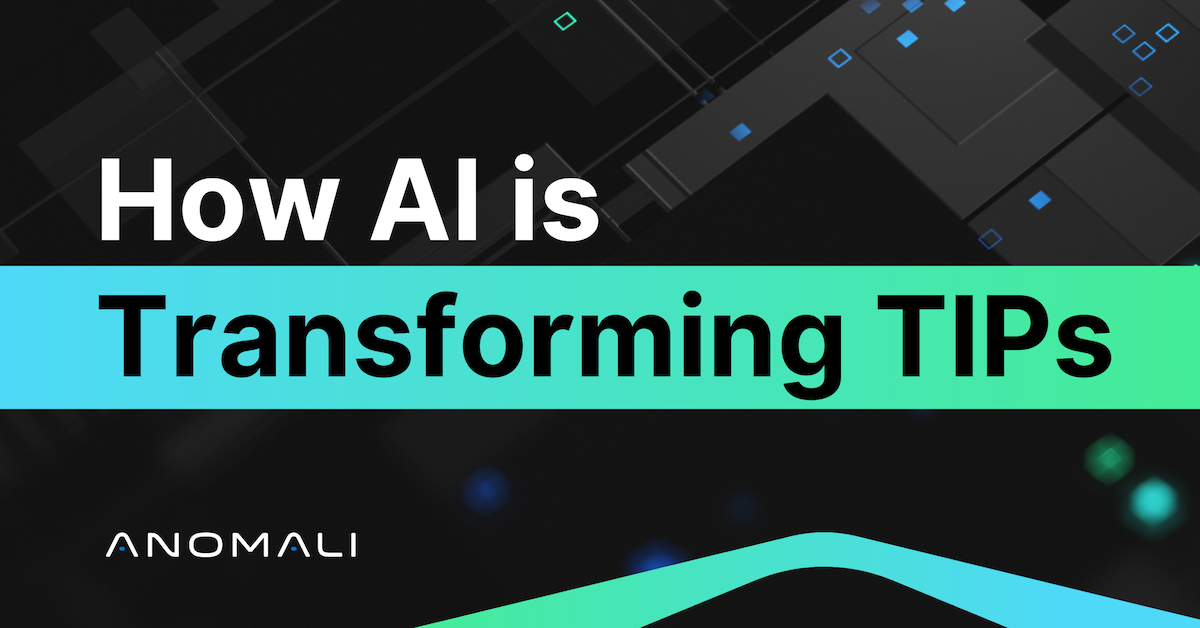Blog
How a Cybersecurity Stack Can Protect Your Network

Joe Franscella
September 14, 2016

<p>One thing that many different populations of people can agree on is the importance of cybersecurity. When shopping for a cybersecurity application, you cannot choose the best option without an understanding of what you’re getting. If you’re in charge of risk management, crisis communication, or other departments whose duties fringe on resolving a hacking crisis, you should take steps to understand the basics of network security and <a href="{page_2085}">threat intelligence</a>. Leave implementation up to IT security specialists, but practice your due diligence with understanding what they do to better support them.</p><p>What is a stack? <a href="http://jcsites.juniata.edu/faculty/kruse/cs240/stackapps.htm" target="_blank">Stacking is a basic principle</a> of data flow. It’s a term which acknowledges that stacked items are easier to reach off the top. Visualizing the flow of data helps understand how a program works and facilitates communication about these concepts.</p><p>How is this applied to cybersecurity? As traffic moves between network elements, data is exchanged as they perform their respective. When the exchange concerns identifying and controlling invasive traffic, integration is required. Perimeters and internal alerts can inform one another and be more useful together.</p><p>Divide and conquer is a classic strategy that applies to anti-hacking measures. Knowing that a firewall, SIEM application, or honeypot network are not enough to stop a breach once it’s successful, architects of security have put in place multiple means of detecting hackers and mitigating their damage. Using a cybersecurity stack is to apply layers of security to stop threat actors.</p><p>These layers can exist independently, as many were originally designed to. Turning event management into intelligence can only occur when these elements can deliver data to a central hub. A threat intelligence platform aggregates data from many different sources, internal and external. Using predetermined algorithms and custom defined threat profiles, the activity is studied. The intelligence produced can then be routed back to its respective sources. These individual applications are now turbo charged with the benefit of suspicious traffic the other elements have experienced.</p><p>Basic techniques like using data encryption analyzed against network baselines together can form the basis of a cybersecurity stack. Adding in feeds through a threat intelligence platform will enhance this method by furnishing already <a href="https://isc.sans.edu/forums/diary/Threats+Indicators+A+Security+Intelligence+Lifecycle/18475" target="_blank">established indicators of compromise</a>. Beyond that, forming a strategic response plan and bolstering the cybersecurity stack are the more advanced practices. Using past experiences to inform the ongoing security configuration is the ultimate goal of collecting threat intelligence.</p><p>Sharing collected intelligence is taking hold as a proactive strategy for collectively fighting hackers. <a href="https://www.anomali.com/blog">Intelligence sharing platforms</a> now allow you to disclose and accept many forms of intelligence through shared communities of trust. This platform can even be acquired for free using open source software.</p><p>Whether you need to identify which elements have been compromised or are attempting to communicate the situation to stakeholders, it’s useful to understand basic principles like the cybersecurity stack. Knowing the principles of how the different elements of your system work together helps expedite the recovery process when the inevitable occurs. <span class="hs-cta-wrapper" id="hs-cta-wrapper-0071cd63-ac31-4336-9c34-1cbb3eb63a99"> <span class="hs-cta-node hs-cta-0071cd63-ac31-4336-9c34-1cbb3eb63a99" data-hs-drop="true" id="hs-cta-0071cd63-ac31-4336-9c34-1cbb3eb63a99" style="visibility: visible; display: block; text-align: center;"><a class="cta_button" cta_dest_link="{page_4274}" href="https://cta-service-cms2.hubspot.com/ctas/v2/public/cs/c/?cta_guid=7f449c09-bffc-4bd3-ae88-a260b9579b4d&placement_guid=0071cd63-ac31-4336-9c34-1cbb3eb63a99&portal_id=458120&redirect_url=APefjpFAQUlhB2QIMDr4FpxVKHBeWB7SmEcWc103CdAiuX_k0kVb8kZ6T62j5CkExXhcX2vPsuO9am-90ipdhEb-tcG6uruLuKzlqaS9jGV4OSkzPGR6Zj1Ir3-GsCD-ICN_-BMEg4tpgcKkPwVoB97AaQGvmpsSmUqXRQsxd3fMpGeZLWqhSx9461XRAUsGOzUlhH5qEkgXnAoPnJkghKyOKQKLa9SmcnHePSrgen14o2ASVRqazCFD1e97uVI1oS6iVpaNqblBbnchoaMS1GfDIaniXAVhgvCtWmrMkyIAxQCuTXDnqSJZE1dJSs7VavWvJhAuiRN96yVX5IMylvAgVKq6RTv3sA&hsutk=2767d93d6471d657e0c9f660e4b58ef8&utm_referrer=https%3A%2F%2Fblog.anomali.com%2Fhow-a-cybersecurity-stack-can-protect-your-network&canon=https%3A%2F%2Fblog.anomali.com%2Fhow-a-cybersecurity-stack-can-protect-your-network&pageId=4332587474&__hstc=41179005.2767d93d6471d657e0c9f660e4b58ef8.1456736058655.1478467980860.1478822660171.178&__hssc=41179005.40.1478822660171&__hsfp=1335165674" id="cta_button_458120_7f449c09-bffc-4bd3-ae88-a260b9579b4d" style="margin: 20px auto;" target="_blank" title="View The Webinar Here"> View The Webinar Here </a> </span> <script charset="utf-8" src="https://js.hscta.net/cta/current.js"></script> <script type="text/javascript">hbspt.cta.load(458120, '0071cd63-ac31-4336-9c34-1cbb3eb63a99', {});</script> </span></p>
Discover More About Anomali
Get the latest news about cybersecurity, threat intelligence, and Anomali's Security and IT Operations platform.
Propel your mission with amplified visibility, analytics, and AI.
Learn how Anomali can help you cost-effectively improve your security posture.




